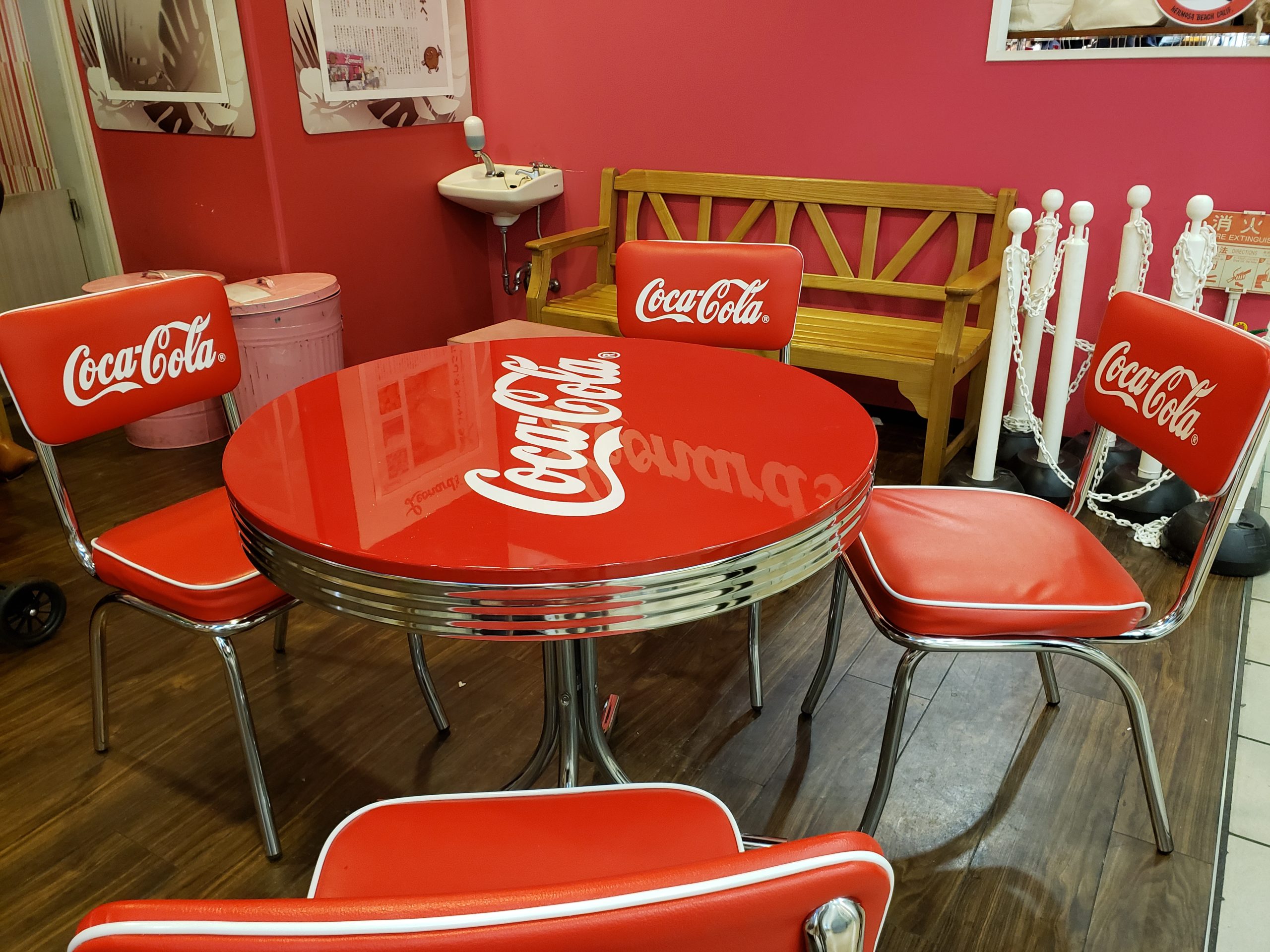🔤 English-Speaker 御用達!? 英日翻訳メソッド!! (=^・^=)
英日翻訳 Blog ENGLISH Translation Method Machine Translation about 日英翻訳メソッド 機械翻訳 日本語学習

日本語を学習中のEnglish-Speaker向けに「プチ英日翻訳メソッド」を作ってみた(=^・^=)
きっかけは、フィリピン人のお友達からのメッセージ。
昨日、日本語を勉強しているフィリピン人の友達から「日本語の文法を学習して自分で文が作れるようになりたい、良いテキストを知っていたら教えて欲しい」と英語でメッセージが来た。
取り敢えず、DeepL翻訳ツールはいいよ! とおススメしといた。笑
でも語学学習初心者が文法を学ぶには翻訳ツールは難し過ぎるだろうね。
そこで、私が前に作った英語学習者向け「日英翻訳メソッド」があることを思い出した。
English-Speaker 御用達!? 英日翻訳メソッド!! (=^・^=)
これの一部を英→日バージョンにアレンジして使えないかな~と思って少し手直ししてみた。
出来上がったメソッドを早速彼に送ったら喜んでくれた。
このメソッドを使って日本文を作文して、それを録音したらしく、秒で彼からボイスメッセージが!
“Ho n ga a ru. Is that correct?”
“Perfect! That’s correct!”
ばっちり! よくできました~(=^・^=)
いつもは文字でコミュニケーションしているのだけど、ボイスメールが届いてちょっとびっくり(^_-)-☆。笑
私が彼のために即興した「英日翻訳メソッド」を気に入ってくれたみたいで嬉しいな。
語学学習は楽しいね🎵
彼は日本語の歌をいっぱい知っていて上手に歌えるし頭もいいから、すぐにDeepL翻訳ツールが超絶役立つレベルにまで上達するのではないかしら。
『日本語学習、頑張ってね~!!』
以下は私が昨日作った「英日翻訳メソッド」について⇩
解説:
文の多くは文法的に5つのタイプのどれかに当てはまる。
この5タイプの文の作成方法と例文が英語と日本語で書かれている。
なので、英語が分かる人なら、英文と日本文を見比べれば日本文が作られるルールがある程度理解できるはず。
日本文作成のルールが分かれば、それを応用して自分の作りたい日本文を作文できる。
日本語特有の動詞の五段階活用は別途学習する必要があるだろうけどね。
それと過去形の作り方も同様に別途学習が必要ね。
完璧な日本文を作るのは難しいかもしれないけれど、文の5タイプを覚えることでおおまかな日本語は話せると思うな🎵
❶ 存在の文章
🔤英語⑴:
There is A. *A = 動かないもの
例文:There is a bag.
😸日本語⑴:
❶A-ga-a-ru.
❷A-ga-a-ri-ma-su. (丁寧語)
例文:
❶Ka-ba-n-ga-a-ru.
❷Ka-ba-n-ga-a-ri-ma-su. (丁寧語)
🔤英語⑵:
There is A. *A = 動くもの
例文:There is a cat.
😸日本語⑵:
❶A-ga-i-ru.
❷A-ga-i-ma-su.
例文:
❶Ne-ko-ga-i-ru.
❷Ne-ko-ga-i-ma-su.
❷ 状態の文章
🔤英語:
A is B.
例文:He is a teacher.
😸日本語:
❶A-wa-B-da.
❷A-wa-B-de-su.
例文:
❶Ka-re-wa-se-n-se-i-da.
❷Ka-re-wa-se-n-se-i-de-su.
❸ 行動の文章
🔤英語⑴:
A do(B).
例文:I run.
😸日本語⑴:
❶A-wa-B-su-ru.
❷A-wa-B-shi-ma-su.
例文:
❶Wa-ta-shi-wa-ha-shi-ru.
❷Wa-ta-shi-wa-ha-shi-ri-ma-su.
*動詞の語尾の変化に関しては、使われる動詞によって変化形が違うので別途学習が必要。
*主語(A)を強調したいときは、主語の後ろの”wa”を”ga”に変える。
例文:
❶A-ga-B-su-ru.
❷A-ga-B-shi-ma-su.
🔤英語⑵:
A do(B) C. *C = 目的語
例文:I study Japanese.
😸日本語⑵:
❶A-wa-C-wo-B-su-ru.
❷A-wa-C-wo-B-shi-ma-su.
例文:
❶Wa-ta-shi-wa-ni-ho-n-go-wo-be-n-kyo-u-su-ru.
❷Wa-ta-shi-wa-ni-ho-n-go-wo-be-n-kyo-u-si-ma-su.
❹ 進行形の文章
🔤英語:
A is B ing. *B = 動詞のing形
例文:I am eating.
😸日本語:
❶A-wa-B-shi-te-i-ru.
❷A-wa-B-shi-te-i ma-su.
例文:
❶Wa-ta-shi-wa-ta-be-te-i-ru.
❷Wa-ta-shi-wa-ta-be-te-i-ma-su.
❺ 受動態の文章
🔤英語:
A is done(B).
*B = 動詞の過去分詞形
例文:This is made in USA.
😸日本語:
❶A-wa-B-sa-re-ru.
❷A-wa-B-sa-re-te-i-ma-su.
例文:
❶Ko-re-wa-USA-de-tsu-ku-ra-re-ru.
❷Ko-re-wa-USA-de-tsu-ku-ra-re-te-i-ma-su.
DeepL翻訳ツールの英訳文⇩
I created the “Petit English-Japanese Translation Method” for English speakers learning Japanese.(=^・^=)
I got the idea for it from a message from a Filipino friend.
Yesterday, I received a message in English from a Filipino friend of mine who is learning Japanese, saying “I want to learn Japanese grammar so that I can make my own sentences and if you know any good textbooks, please let me know.”
The first thing I did was to recommend DeepL as a good translation tool. LOL!
But a translation tool would be too difficult for a beginner language learner to learn grammar.
Then I remembered that I’ve made a “Japanese to English Translation Method” for English learners in the past.
I was wondering if I could rearrange some of it into an English to Japanese version, so I made some changes.
I sent the method to him, and he was very happy with it.
He wrote a Japanese sentence using this method and recorded it, and he sent me a voice message in seconds!
”Ho n ga a ru. Is that correct?”
”Perfect! That’s correct!”(=^・^=)
We usually communicate by text, but I was a little surprised to receive a voicemail! (^_-)-☆LOL.
I’m glad he liked the “English-Japanese Translation Method” that I improvised for him.
Learning a language is so much fun!
He knows a lot of Japanese songs and can sing them well and is very smart, so I’m sure he’ll soon be able to improve to a level where the DeepL translation tool is super useful.
”Good luck with your Japanese language studies!”
The following is about the “English-Japanese Translation Method” that I made yesterday ⇩
Commentary:
Many of the sentences fall into one of five grammatical types.
How to create these five types of sentences and example sentences are written in both English and Japanese.
So, if you understand English, you should be able to understand some of the rules for creating Japanese sentences by comparing the English and Japanese sentences.
Once you understand the rules of Japanese writing, you will be able to apply them to compose the Japanese sentences you want to write.
You’ll need to learn the unique five-step conjugation of Japanese verbs separately, though.
Also, you will need to learn how to make the past tense separately.
It may be difficult to make perfect Japanese sentences, but if you learn the five types of sentences, you will be able to speak rough Japanese.
① Sentences of existence
🔤English (1)
There is A.
*A = something that does not move
Example: There is a bag.
😸Japanese (1)
❶A-ga-a-ru.
❷A-ga-a-ri-ma-su. (polite expression)
Example:.
❶Ka-ba-n-ga-a-ru.
❷Ka-ba-n-ga-a-ri-ma-su. (polite expression)
🔤English (2)
There is A.
*A = something that moves
Example: There is a cat.
😸Japanese (2)
❶A-ga-i-ru.
❷A-ga-i-ma-su.
Example:
❶Ne-ko-ga-i-ru.
❷Ne-ko-ga-i-ma-su.
② State sentences
🔤English:
A is B.
Example: He is a teacher.
😸Japanese:
❶A-wa-B-da.
❷A-wa-B-de-su.
Example:
❶Ka-re-wa-se-n-se-i-da.
❷Ka-re-wa-se-n-se-i-de-su.
③ Sentences of action
🔤English (1)
A do(B).
Example: I run.
😸Japanese (1)
❶A-wa-B-su-ru.
❷A-wa-B-shi-ma-su.
Example:
❶Wa-ta-shi-wa-ha-shi-ru.
❷Wa-ta-shi-wa-ha-shi-ri-ma-su.
*You must learn how to change the verb endings because they vary depending on the verb used.
*If you want to emphasize the subject (A), change the “wa” after the subject to “ga”.
Example:
❶A-ga-B-su-ru.
❷A-ga-B-shi-ma-su.
🔤English (2)
A do(B) C. *C = Object
Example: I study Japanese.
😸Japanese (2)
❶A-wa-C-wo-B-su-ru.
❷A-wa-C-wo-B-shi-ma-su.
Example:
❶Wa-ta-shi-wa-ni-ho-n-go-wo-be-n-kyo-u-su-ru.
❷Wa-ta-shi-wa-ni-ho-n-go-wo-be-n-kyo-u-shi-ma -su.
④ Progressive Sentences
🔤English:
A is B ing.
*B = the “ing” form of the verb
Example: I am eating.
😸Japanese:
❶A-wa-B-shi-te-i-ru.
❷A-wa-B-shi-te-i ma-su.
Example:
❶Wa-ta-shi-wa-ta-be-te-i-ru.
❷Wa-ta-shi-wa-ta-be-te-i-ma-su.
⑤ Passive Sentences
🔤English:
A is done(B).
*B = past participle form of the verb
Example: This is made in USA.
😸Japanese:
❶A-wa-B-sa-re-ru.
❷A-wa-B-sa-re-te-i-ma-su.
Example:
❶Ko-re-wa-USA-de-tsu-ku-ra-re-ru.
❷Ko-re-wa-USA-de-tsu-ku-ra-re-te-i-ma-su.
